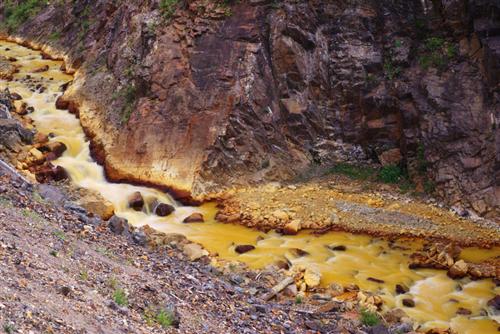pH is a measurement of the hydrogen ion (H+) concentration in water, and characterises the acid/base balance of water. A pH of 7 represents neutral conditions, pH greater than 7 indicates basic (alkaline) conditions, and pH less than 7 indicates acidic conditions. The pH of most natural waters is between 6,0 and 8,5. One pH unit represents a tenfold difference in hydrogen ion concentration; pH 6 is ten times less acidic than pH 5. pH affects both biological and chemical processes. Values of pH below 4,5 and above 9,5 are usually lethal to aquatic organisms, and even less-extreme pH values can affect reproduction and other biological processes.
pH affects the solubility of organic compounds, metals, and salts. In highly acidic waters, certain minerals can dissolve metals and other substances, releasing them into the water. pH can also determine the chemical form of some chemical components, which in turn can affect reactivity, bioavailability and toxicity. For example, many metals are more bioavailable (more readily absorbed by living things) at low pH because they become ionised. Many organic contaminants are weak organic acids, and are more likely to enter organisms at low pH because they are un-ionised.
The pH of a water body reflects its water inputs and the chemical characteristics of the surrounding land. The pH of runoff from the land, or of groundwater inputs to surface water, depends on the minerals and soils the water contacts as it moves through the land. Water draining from forests and swamps may be acidic, having dissolved weak organic acids from the organic matter there, whereas water moving through limestone deposits may be slightly alkaline.

Acid mine drainage in a stream in Gauteng, South Africa. Such pollution can have devastating effects on ecosystems.
Source:Clever Green 2011
( click to enlarge )
